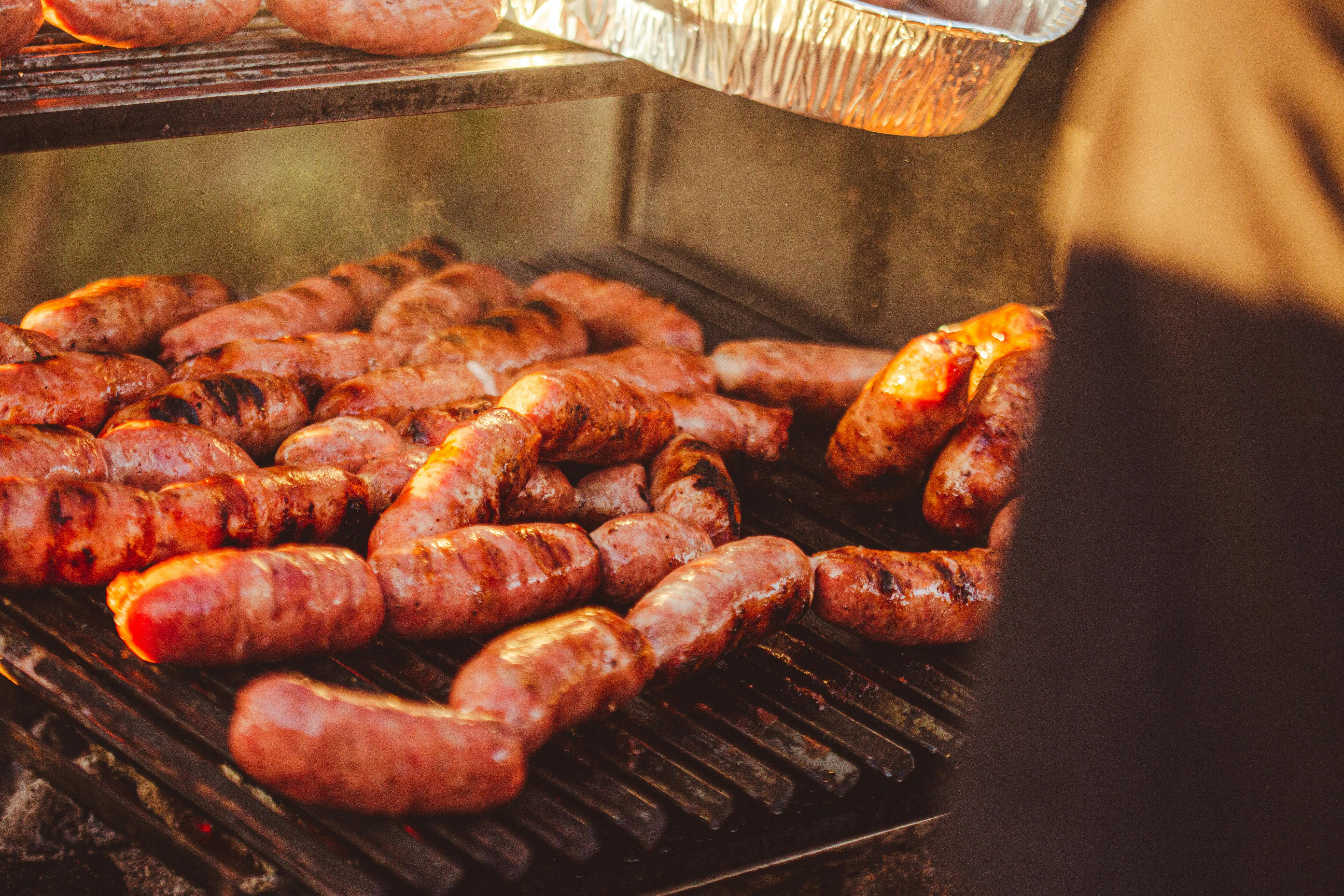How to Effectively Clean Cast Iron for Better Cooking in 2025
Cast iron cookware has reclaimed its place in the hearts and kitchens of many home cooks and professional chefs alike. Its exceptional heat retention, versatility, and ability to enhance the flavor of food make it a kitchen staple. However, properly cleaning and maintaining cast iron is crucial for ensuring its longevity and non-stick qualities. In this guide, we'll explore the best practices for cleaning cast iron, debunk common myths, and provide expert tips to help you maximize the performance of your cast iron cookware. Through effective maintenance, you can keep your cast iron in pristine condition and elevate your cooking experience.
Understanding how to clean cast iron is not just about removing food residues; it's also about maintaining the integrity of the cookware and ensuring that it lasts. As we delve deeper, we will cover proper cleaning techniques, the importance of seasoning, and how to tackle stubborn residue. By the end of this article, you'll have a well-rounded understanding of cast iron care and feel confident in your ability to keep your cookware in top shape.
Essential Cleaning Methods for Cast Iron
Cleaning cast iron is not merely about scrubbing away grease; it involves adopting specific practices that preserve the seasoning and functionality of the skillet. Let's explore the most effective cast iron cleaning methods today.
Understanding Hot Water Cleaning Techniques
One of the simplest and most effective methods to clean a cast iron skillet is using hot water. After cooking, allow your skillet to cool slightly, then rinse it under hot water. This helps to loosen any food particles stuck to the surface. Avoid cold water immediately after cooking, as the sudden temperature change can warp the pan.
For tougher residues, a gentle scrub with a non-metal scrubber or brush can be helpful. It’s crucial to avoid steel wool or abrasive pads, which can scratch and damage the seasoning. Remember, the goal is to remove food without stripping away the natural oils that provide your cast iron with its non-stick properties.
Natural Cleaning Solutions for Stubborn Residue
In cases where hot water alone isn’t enough, you might consider using natural cleaning solutions such as coarse salt or baking soda. These agents can act as gentle abrasives without harming the seasoning. Sprinkle the salt on the skillet, add a small amount of water to create a paste, and scrub gently with a cloth or sponge. This method is effective for removing burnt food without damaging the cast iron.
When and How to Use Soap on Cast Iron
Many myths surround the use of soap with cast iron, with some claiming it should never be used. In modern cleaning, however, if your skillet has substantial residue or hasn't been cleaned for a long time, a few drops of mild dish soap can be beneficial. Make sure to fully rinse it off afterward to prevent any soapy residue from affecting your food. Proper rinsing is critical for ensuring that the skillet remains safe for cooking.
Deep Cleaning Techniques for Cast Iron Cookware
Sometimes, your cast iron may require a more invasive cleaning approach, especially if it has accumulated rust or has not been properly maintained. Understanding how to execute these deep cleaning methods can restore and rehabilitate your cookware.
Removing Rust from Cast Iron
Rust can develop on cast iron if it is stored improperly or exposed to moisture. To remove it, use a rust eraser or a fine-grade steel wool pad to scrub away the rust. After cleaning, it’s vital to re-season the skillet to restore its protective oil layer and safeguard it from future rust.
Restoring Cast Iron Skillets
If your skillet has become discolored or sticky due to improper seasoning, you may need to strip it down completely. This can be done by baking it in an oven at a high temperature (around 450°F or 232°C) with a layer of oven-safe foil underneath to catch drips. Once cleaned, re-season the cast iron to ensure its longevity and optimal performance.
Cast Iron Cookware Maintenance Tips
Regular maintenance is essential for preserving the quality of your cast iron cookware. This includes storing it in a dry place to prevent moisture, keeping the cookware lightly oiled, and regularly checking for rust or residue. Special care should be taken when cooking acidic foods, as they can strip seasoning if left for too long. Always ensure that your cast iron sizzles before cooking!
Proper Seasoning Techniques for Longevity
Seasoning is one of the most crucial aspects of cast iron care. It creates a natural non-stick surface while preventing rust, and understanding how to season cast iron properly is vital for both maintenance and cooking.
The Importance of Seasoning
Proper seasoning not only protects your cast iron but also provides flavor enhancement during cooking. It's essential to use food-safe oils with high smoke points, such as flaxseed or grapeseed oil. These oils bind to the skillet during heating, creating a robust layer that enhances both cooking and cleaning capabilities.
How Often to Re-season Cast Iron
Depending on usage, re-seasoning your cast iron may be necessary anywhere from once every few months to once a year. Signs that it’s time to re-season include diminished non-stick properties or visible rust. If you notice food sticking while cooking, it’s a clear indicator that your skillet needs attention.
Best Practices for Seasoning Cast Iron
To effectively season your cast iron, apply a thin layer of oil to the entire skillet after cleaning, and bake it upside down in a preheated oven at around 375°F (190°C) for about an hour. Allow it to cool in the oven before removing it. This creates a strong and resilient non-stick surface.
Storing Cast Iron Cookware Safely
Proper storage of your cast iron cookware is as vital as its cleaning and seasoning. Knowing how to store it correctly can prevent damage and extend its life.
Cast Iron Storage Tips
Always allow your cast iron to cool completely before storing. If you stack your pans, placing a paper towel between them can help to avoid scratching and prevent moisture buildup. It’s also wise to store cast iron in a dry and cool location to prevent rust.
Protecting Cast Iron from Moisture
Humidity can be the enemy of cast iron cookware. A light coating of cooking oil can act as a barrier against moisture. When storing, ensure that air can circulate freely to reduce the risk of condensation.
Maintaining Non-Stick Surfaces Through Storage
Over time, without proper care, the non-stick properties can diminish. By covering your skillet lightly with oil and storing it appropriately, you can maintain its integrity and prevent it from becoming prone to sticking. Regular usage also helps to keep the seasoning intact.
Q&A Section on Cast Iron Care
How often should I clean my cast iron skillet?
It is advisable to clean your cast iron skillet after each use, but how thoroughly you clean it varies depending on what you cooked. Gentle rinsing may suffice for light cooking, while more thorough cleaning is necessary after preparing dishes with sticky residues.
Can I put my cast iron in the dishwasher?
No, cast iron should never go in the dishwasher as it can strip the seasoning and lead to corrosion. Instead, stick to the recommended cleaning methods using hot water and gentle scrubbing.
What are the best oils for seasoning cast iron?
Flaxseed oil and grapeseed oil are highly recommended for their high smoke points and ability to create durable seasoning. Avoid using oils that can become sticky or go rancid.
Can I use vinegar on cast iron?
Vinegar can be effective for removing rust, but should be used sparingly, as prolonged contact can degrade the seasoning. Rinse thoroughly if you use it for cleaning.
How do I know when my cast iron needs to be re-seasoned?
Indicators include food sticking to the surface, signs of rust, or a dull appearance. If any of these signs are present, it’s time to re-season your pan to maintain its effectiveness.


